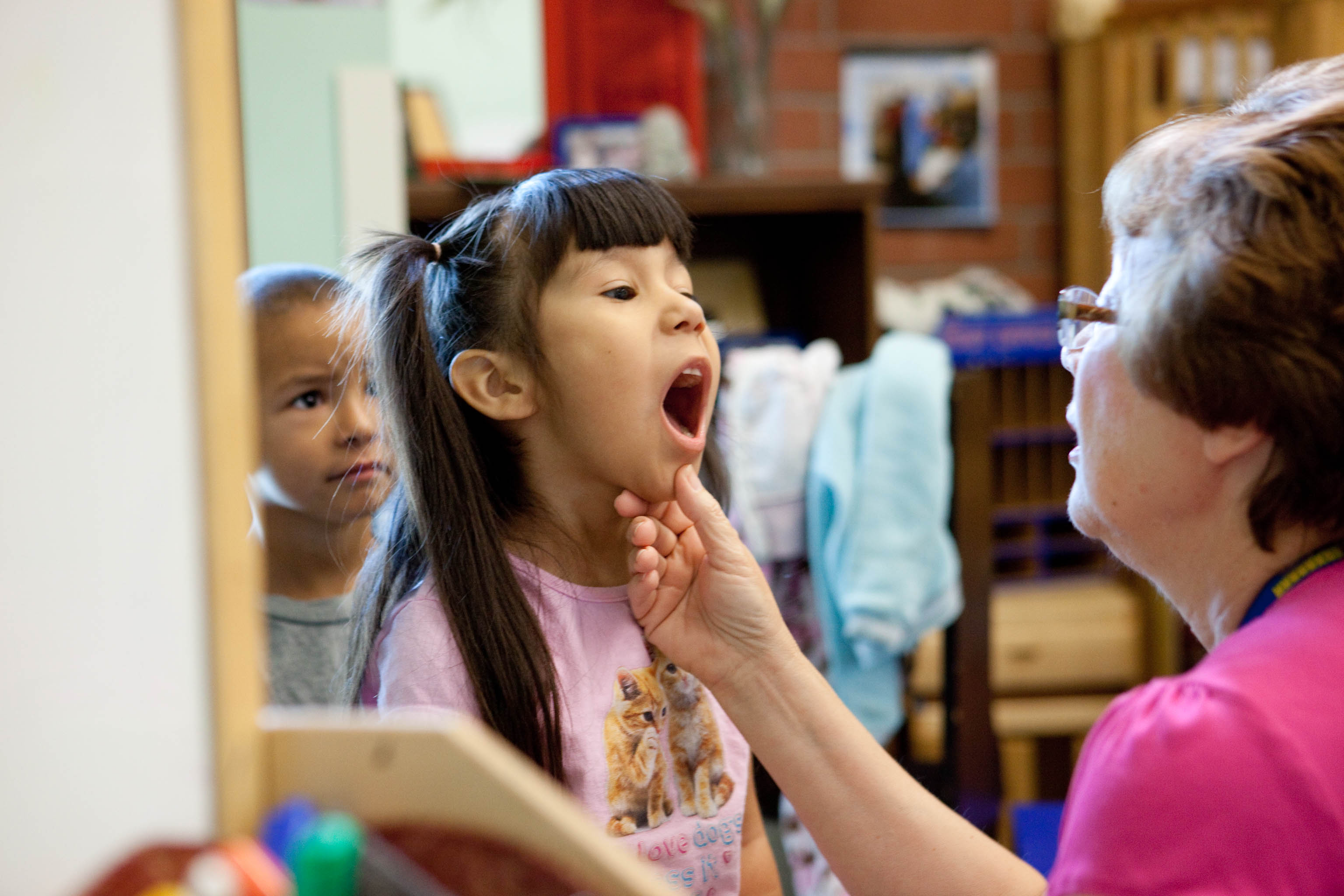 The daily health check is an important part of welcoming children into a Head Start program each day. This practice will reduce the risk of spreading infectious diseases. The daily health check helps establish each child’s baseline health status, so it’s easier to know when a child is ill and should stay home. The daily health check serves to find health problems early, such as skin, breathing, or digestive issues, so the family can seek medical care when needed.
The daily health check is an important part of welcoming children into a Head Start program each day. This practice will reduce the risk of spreading infectious diseases. The daily health check helps establish each child’s baseline health status, so it’s easier to know when a child is ill and should stay home. The daily health check serves to find health problems early, such as skin, breathing, or digestive issues, so the family can seek medical care when needed.
Consult Daily Health Checks in Early Care and Education Programs for guidance on how to do a daily health check.
Tips and Strategies Related to Conducting a Daily Health Check
- Check for signs and symptoms that are easy to see and report, instead of trying to make a medical diagnosis.
- Remember the health check is a simple assessment, not a detailed exam of the child. There is no need to take off any of the child’s clothing. But you can look under their shirt or check their legs by raising a pant leg, if needed.
- Infants and toddlers cannot usually express how they are feeling in words. For this age group, focus on behavior, physical symptoms, and your conversations with families when deciding if the child is well enough to take part in activities.
- Document your findings by using a daily log, handwritten notes, electronic data system, sign-in sheets, or daily health checklist. See Model Child Care Health Policies for a sample record of enrollment, attendance, and symptoms.
- Keep all daily health documentation confidential and save the records for future reference.
- Display a Daily Health Check poster for staff and families.
Read more:
Resource Type: Article
National Centers: Health, Behavioral Health, and Safety
Audience: Directors and Managers
Last Updated: September 29, 2023